The Bombay High Court has raised serious concerns over the proposed redevelopment of 33 acres of prime state-owned land at Cuffe Parade in South Mumbai under the Slum Rehabilitation Authority (SRA) scheme. In its order dated October 1, the court questioned whether the transfer of such a vast tract of government land for private redevelopment was legally tenable and consistent with the city’s long-term public needs.
A division bench of Justices G.S. Kulkarni and Aarti Sathe observed that while the rehabilitation of eligible slum dwellers was a legal right, this could not justify the permanent diversion of valuable government land. The judges stated that “under the garb of schemes under the Slum Act, such large and valuable public largesse cannot be taken away and deprived of public utility and public interest.” They stressed that Mumbai, already struggling with limited land availability, could not afford to lose rare tracts in localities like Colaba and Cuffe Parade to private development.
The case concerns land owned by the state government, currently occupied by nearly 65,000 slum dwellers who have formed a society seeking redevelopment. The developer appointed for the project, Precaution Properties Pvt. Ltd., along with the slum federation represented by petitioner Gulab Shankar Mishra, approached the court after the Ministry of Defence denied a no-objection certificate due to the site’s proximity to sensitive establishments. The bench has directed the Defence Ministry, the SRA chief executive officer, and the state’s revenue and urban development secretaries to file detailed affidavits within 10 days. The matter has been adjourned to October 15.
The court noted what it described as a “modus operandi” in Mumbai’s redevelopment pattern, where public land is encroached, declared as slum areas, and then transferred for private projects under SRA. The judges remarked that this often results in skyscrapers for rehabilitation alongside saleable luxury apartments in some of the city’s most expensive neighbourhoods, effectively removing the land from the public pool. They added that “such largesse being showered and that too free of cost on 65,000 slum dwellers is detrimental to public interest and long-term needs of the city.”
Highlighting the broader implications, the bench stated that Mumbai is an island city where government-owned land has immense public value. In their view, such land could otherwise be reserved for gardens, open spaces, and essential civic infrastructure, given the acute shortage of such amenities. The order warned that diverting large government tracts for private development amounted to a potential “fraud on the Constitution,” as it permanently extinguishes the possibility of their use for collective public benefit.
The judgment revisited earlier rulings where courts have held that slum dwellers do not have an absolute right to be resettled on the same high-value land they occupy. The right, the bench reiterated, was to permanent housing, but not necessarily on prime plots owned by the state in locations such as Nariman Point, Cuffe Parade, or Malabar Hill. The court emphasized that the state government must balance the rehabilitation of slum dwellers with its constitutional duty to safeguard limited public land for future generations.
The petitions have placed the spotlight on the state’s policy of deploying the SRA model on government-owned land in premium locations. While the scheme aims to provide free housing for eligible slum dwellers by offering development rights to private builders, critics argue that it has often become a conduit for commercial exploitation of high-value land. The court’s observations reflect concerns that such practices may erode the state’s ability to allocate land for schools, hospitals, parks, or other civic necessities.
The bench also linked the issue to Mumbai’s ongoing urban stress. The city, it said, was already facing unbridled construction, congestion, and declining access to open spaces, making it imperative to protect whatever limited land remains under government ownership.
As the case proceeds, the central question will be whether the state government, through the SRA, can legally justify transferring 33 acres of sea-facing land at Cuffe Parade for redevelopment. The affidavits from the Ministry of Defence and state departments are expected to clarify both the security and governance aspects of the proposed project.
Image source- high-court-of-bombay


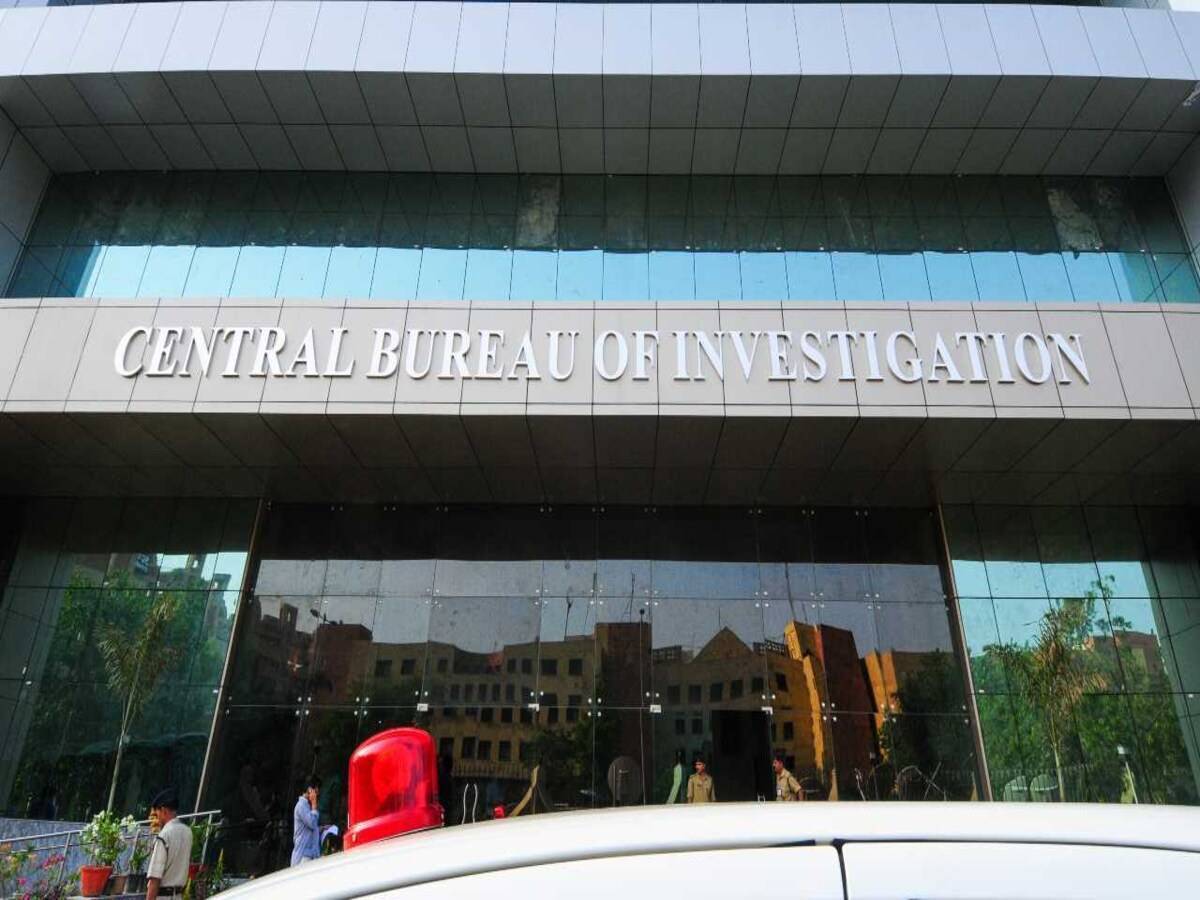

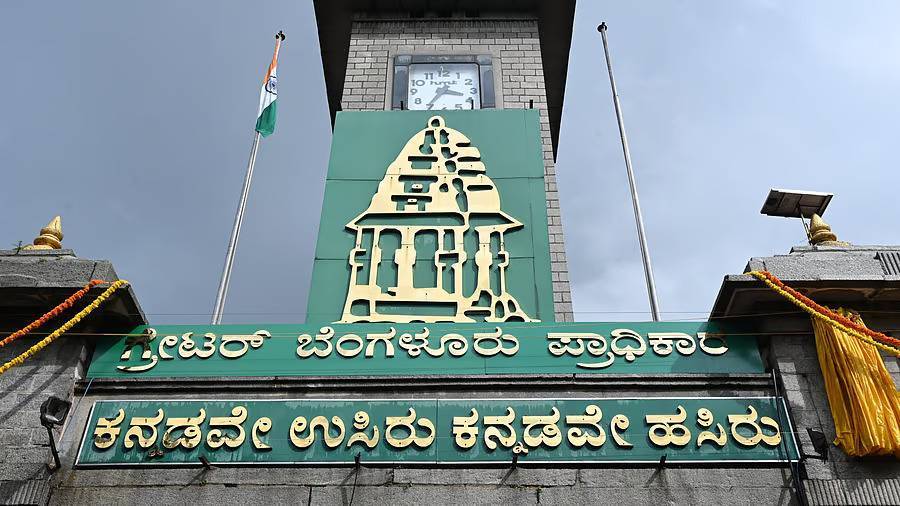
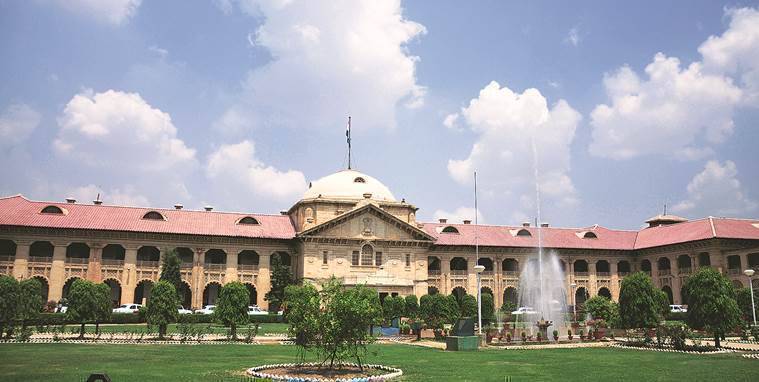
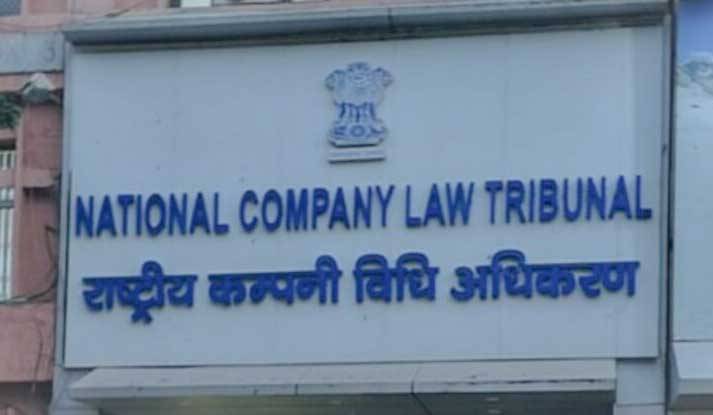
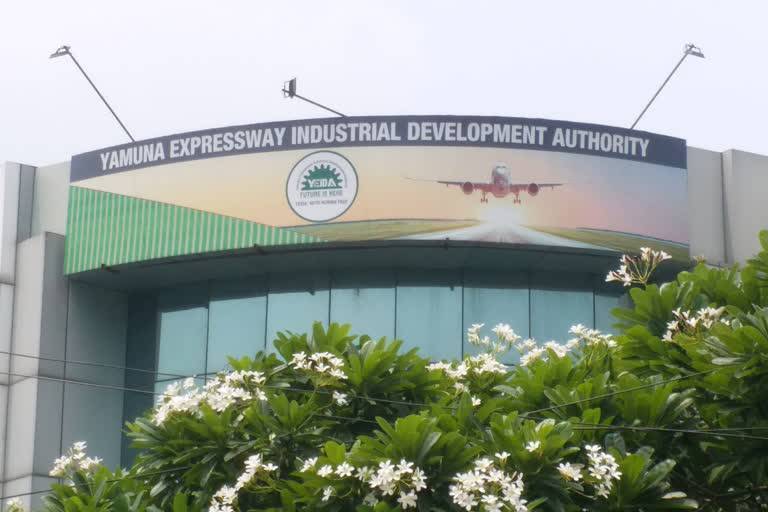

.png)